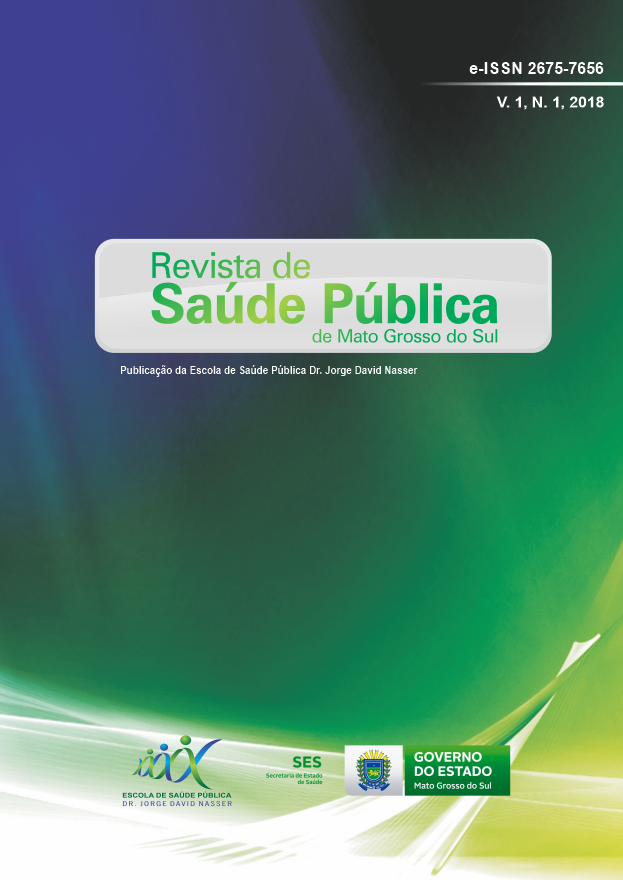Infecção do trato urinário relacionada ao uso de cateter vesical: uma revisão da literatura
Keywords:
Catheterization, Bacteremia, Nursing CareAbstract
Objective: To perform a theoretical reflection, focusing on the incidence of urinary tract infections in hospitalized patients and Primary Care consultations with catheter / catheter use. Method: The methodology chosen was the one of exploratory nature through a bibliographical survey. Results and Discussion: Infections associated with health care are related to procedures performed by the health team directly to the patient; and many of these procedures break the individual's natural defenses. Bladder catheterization is a very influential factor in the development of a high percentage of urinary tract infections; and to reduce this, a series of hygienic-sanitary measures should be applied. Urinary Tract Infection associated with catheterization is the main cause of nosocomial infections of the secondary bloodstream, approximately 17% of nosocomial bacteremia’s are of urinary origin, with associated mortality of 10%. In practice, policies should be implemented that promote the early extraction of catheters, as well as those that are not necessary, avoiding negative consequences for the patient and the institution, that is, the duration of hospitalization. Conclusion: The research highlights that the prevention of ITU associated with catheterization is guided by recommended and evidence-based measures that have reduced the rate of this infection. Simple measures, such as hand hygiene, rigorous technique, maintenance and the way the catheter is removed, contribute to the prevention of associated infections. Unnecessary urinary catheterization, inadequate positioning and catheter permanence, lack of hygiene, probe, open drainage, and other adverse events influence the development of the infection.
Downloads
Published
How to Cite
Issue
Section
License
O (s) Autor (es) declara (m) que ao submeter um manuscrito na Revista de Saúde Pública de Mato Grosso do Sul, concorda (m) com os termos da Declaração de Direito Autoral e autoriza (m) a Revista de Saúde Pública de Mato Grosso do Sul a publicar o manuscrito sob a licença Creative Commons Atribuição 4.0 Internacional e identificar-se como veículo de sua publicação original.




